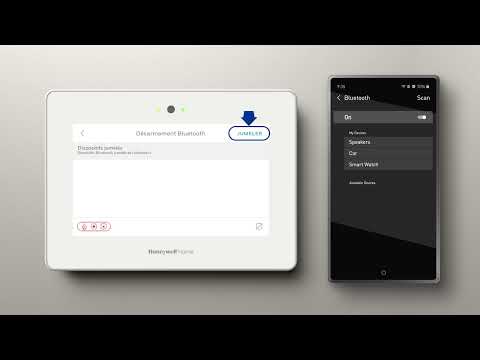
For decades, many automation technology suppliers have used a “closed shop” strategy to protect their proprietary technologies and customer base. Under this strategy, however, the customer—and industry as a whole—takes a major efficiency hit when it comes to integrating devices from different vendors.
Seeing the relative ease of interoperability across consumer devices (phones, printers, etc.), manufacturers are increasingly looking for the same level of interoperability among the automation systems, devices and networks in their plants.
A new program, created byEndress+Hauser, known as the Open Integration partner program, is designed to support and protect open innovation while also meeting end user interoperability demands. The program is meant to foster collaboration between vendors by making it easier for plant operators to integrate field devices and system components for process automation.
Despite the comprehensive conformity and interoperability testing that many vendors already perform, integration problems often arise once onsite projects start. “It doesn’t matter if you go for one-stop-shopping or combine the best-of-breed— whenever you have to integrate a variety of infrastructure, components and software, you may run into issues. That is what we sought to improve,” says Joerg Reinkensmeier, marketing manager, Open Integration, at Endress+Hauser Process Solutions AG.
“We started to invite companies roughly one year ago,” Reinkensmeier says, beginning with system vendors, as they are at the core of any automation topology. “Working on automation projects, we always interface with a variety of vendors for systems, infrastructure and field devices. So our selection process for the partner program is mainly project-driven, based on who our customers are working with.”
To date, eight automation manufacturers have joined the Open Integration partner program:Auma Riester,Hima Paul Hildebrandt,Honeywell Process Solutions,Mitsubishi Electric,Pepperl+Fuchs,Rockwell Automation,R. StahlandSchneider Electric.
To ensure that the most relevant set of automation products can be easily combined and integrated, the partners work together using open communication standards (such as HART, Profibus/Profinet, Foundation Fieldbus, EtherNet/IP) and open integration standards (e.g., FDT, EDD and FDI).
The partners collaborate on reference topologies, mapping the various elements and how they fit together in customers’ systems as a whole. Each topology is tailored to a specific application and the applied field communication technologies. “Depending on the industrial segment and market, the focus will be on typical requirements such as availability, redundancy or explosion protection, followed by the selection of system components and field instruments,” says Christine Schmalz, communication manager at Endress+Hauser. “This exact combination [of products] will then be tested and documented before it is published as a joint recommendation, giving customers concrete and successfully validated suggestions for automating their plant.”
合伙installat仍然太新ion examples, but topology documentation has been available for a few months. So far, the Open Integration partner program has released two tested reference topologies. The first was a Profibus application for water and wastewater treatment processes developed with Mitsubishi Electric, while the second was developed with Schneider Electric for the metals industries.
这个项目有五个与更多的测试partners including Honeywell Process Solutions and Rockwell Automation, and will deliver more recommended topologies this year. Partners are able to use these in the qualification or acquisition phases of projects to ensure they can fulfill customer needs.
Though some suppliers still feel that, without proprietary systems, they could not survive, the Open Integration partner program’s strategy hinges on openness and cooperation between vendors. “We are 100 percent committed to the open standards game,” explains Reinkensmeier. “Customers clearly communicate that they dislike the closed shop approach and that they would like to maintain their freedom of choice.”
The partnership is currently in talks with potential new partners, though some other vendors are not yet willing to join. “It’s an added investment for companies to do this additional testing. A few are reluctant,” says Reinkensmeier. “But as customers become aware and ask for proactive support, even those [companies] may change their opinion later on.”
Ultimately, the partnership is about maintaining customer satisfaction. “We want to cooperate in the interest of our customers,” concludes Reinkensmeier. “We’re willing to do more if it means making customers even happier, and we’re inviting all relevant companies to join.”









































